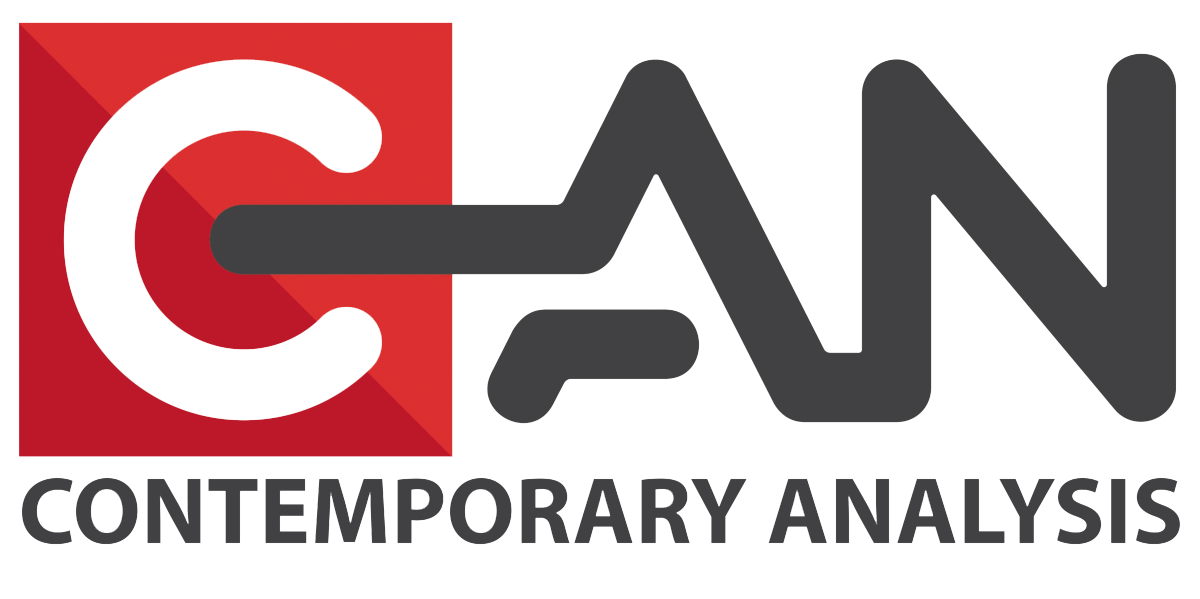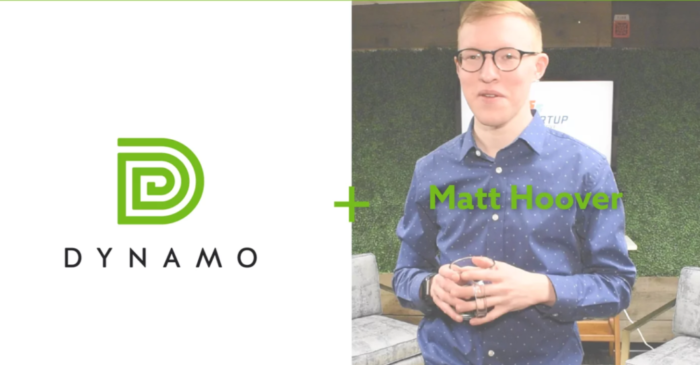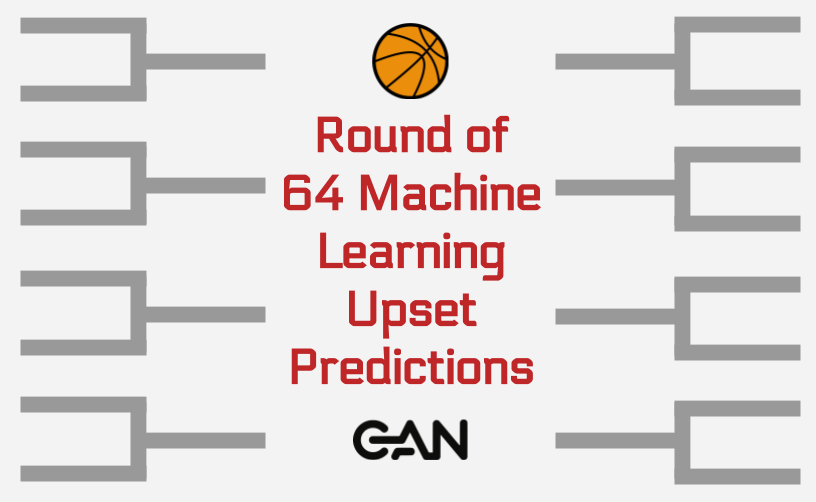Check out the video below of one of our data scientists and Director of Data...
News
read more
Single Mom of Three Rocks Web Development World
We found this article on Interface's blog. We thought it was an awesome story about how...
Machine Learning Upset Prediction Project Proves its Value
At the beginning of the project, we set out to show how the 2017 NCAA College Basketball...
2017 NCAA Tournament Elite Eight Upset Picks
We are doing better than anticipated even after the heartbreaker of a game last night...
2017 NCAA Tournament Machine Learning Prediction Results
After the first weekend of basketball, our Machine Learning Prediction tool has...
2017 NCAA Tournament Round of 32 Upset Picks
The CAN/Cabri Group Machine Learning Lower Seed Win Prediction tool has made its...
2017 NCAA Tournament Round of 64 Upset Predictions
The Cabri Group / CAN Machine Learning Lower Seed Win Prediction tool has made its first...
March Machine Learning Mayhem
Machine Learning and the NCAA Men’s Basketball Tournament Methodology <<This...
Predicting the upsets for the NCAA Men’s Basketball Tournament using machine learning
Contemporary Analysis (CAN) and Cabri Group and have teamed up to use Machine Learning...




